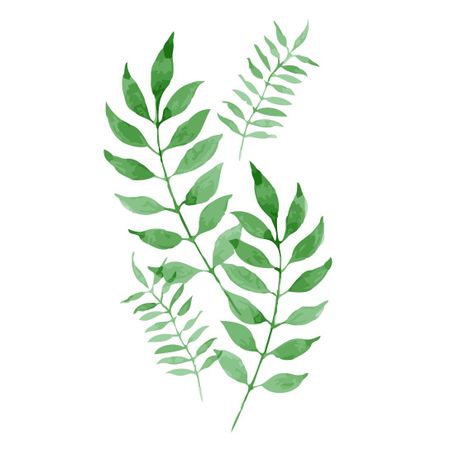Quick Guide to growing herbs.
Here is a brief guide to growing and using some of the most commonly-grown herbs.
Herbs can be used to add flavour to many our our favourite dishes and even our drinks too.
Basil (Ocimum basilicum)
- Grow in rich, light well-drained to dry soils in sun
- Pinch out growing tips to encourage bushiness and delay flowering, though regular sowings are still needed to a summer-long supply
- Leaves are picked during the growing season and used fresh or dried
- Purple-leaved cultivars have ornamental value
Bay (Laurus nobilis)
- Well-drained soil in sun or part shade
- Bay also lends itself well to container-growing
- Leaves can be picked in summer for drying
Caraway (Carum carvi)
- Well-drained, fertile soil in full sun, tolerant of heavy soils
- Leaves and roots used fresh as vegetable, seeds, when ripe, used dried
Chervil (Anthriscus cerefolium)
- Rich, light, moisture-retentive soil in part shade
- Delicate anise flavour, leaves used fresh in salads or in French cooking; flowers and roots are also edible
Chives (Allium schoenoprasum)
- Rich, well-drained soil in full sun, though tolerant of wet conditions and heavy soils
- Cut down to the ground after flowering to produce fresh leaves
- Mild garlic-like flavour; leaves, bulbs and flowers are all used
Coriander (Coriandrum sativum)
- Well-drained fertile soil in full sun, although leaves may be more productive in part shade
- Leaves and roots used fresh, especially in Thai cooking
- Seeds used dried in curries and pickles
Dill (Anethum graveolens)
- Well-drained neutral to slightly acid soil in sun
- Leaves are cut in spring and summer for using fresh or dried; seeds harvested in summer for use dried, all widely used in cooking, especially Scandinavian cookery
Marjoram (Origanum vulgare)
- Grows best in well-drained to dry, neutral to alkaline soil in sun
- Leaves are picked during the growing season; often used dried in Italian, Greek and Mexican cuisine
Mint (Mentha spp.)
- Rich, moist soil in sun or part shade where it may become invasive, so it is best grown in a container and regularly divided
- Strongly aromatic leaves used for flavouring and tea
Parsley (Petroselinum crispum)
- Rich, well-drained neutral to alkaline soil in sun or part shade
- Pick leaves just before flowering and use fresh; an essential ingredient in French, Italian and Middle East cookery
Rosemary (Rosmarinus officinalis)
- Well-drained, ideally neutral to alkaline soil in full sun with shelter in cold areas as it rarely survives prolonged freezing
- Remove dead stems and weak growth in spring, prune after flowering to encourage bushy growth
- Fresh or dried leaves are used for flavouring, especially meat such as lamb. Fresh sprigs can be steeped in vinegar or olive oil
Sage (Salvia officinalis)
- Well-drained to dry neutral to alkaline soils in full sun, sage dislikes damp conditions and low light in winter
- Many cultivars have excellent ornamental value
- Hard prune in early spring to promote bushy growth
- Leaves are used to flavour many dishes, especially meat. Fresh or dried leaves are used for tea
French tarragon (Artemisia dracunculus)
- Well-drained, neutral to slightly alkaline soil in sun
- Pick leaves before flowering
- Distinctive, aromatic leaves used to flavour chicken and egg dishes, salad dressing and sauces
Thyme (Thymus vulgaris)
- Well-drained, even stony poor soils in sun; most thyme prefer neutral to alkaline soil
- Trim lightly after flowering to maintain bushy habit
- Fresh or dried leaves and flowers used to flavour many dishes especially French cookery
